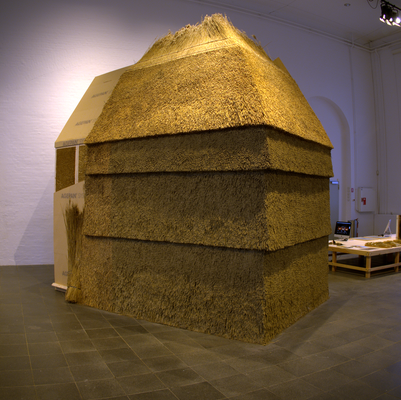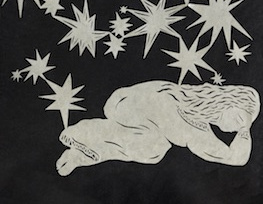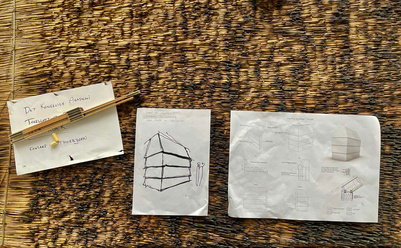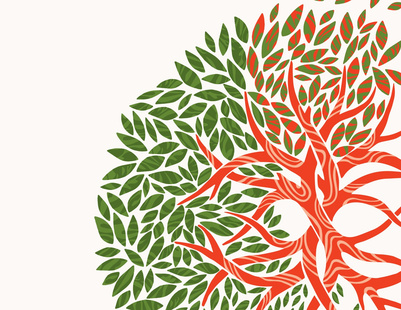New research: Advanced weaving technique sheds new light on Iron Age
The conservator, Lise Ræder Knudsen has researched the sophisticated art of tablet weaving. Hear her PhD defence about the method, which dates back to the early Iron Age and required great mathematical and motor movement.

The Iron Age is rediscovered in cuffs, capes and blankets. In her PhD thesis, 'A Techno-Historical Analysis of Tablet Weaving from the Early Iron Age,' realised at the Royal Danish Academy of Fine Arts, School of Conservation, the conservator, Lise Ræder Knudsen examines the use of tablet weaving in the early Iron Age. It is based on archaeological finds of very small pieces of fabric from chieftain graves and weapon sacrifice finds.
Lise Ræder Knudsen explains:"Tablet weaving required a number of calculations for the configuration, as well as a great understanding of mathematics and motor movement, in order to succeed. It was used for edging on ordinary weaves and, in a finer and more complicated quality, as a prestigious occupation for well-off women. They used hand-spun woollen yarn, finer than today's sewing thread, sometimes with more than 100 threads per cm.”
Public PhD defence
7 November 2014 at 1.00 pm.
The Medical Museion Auditorium.
The Medical Museion, Bredgade 62, DK-1260 Copenhagen K










